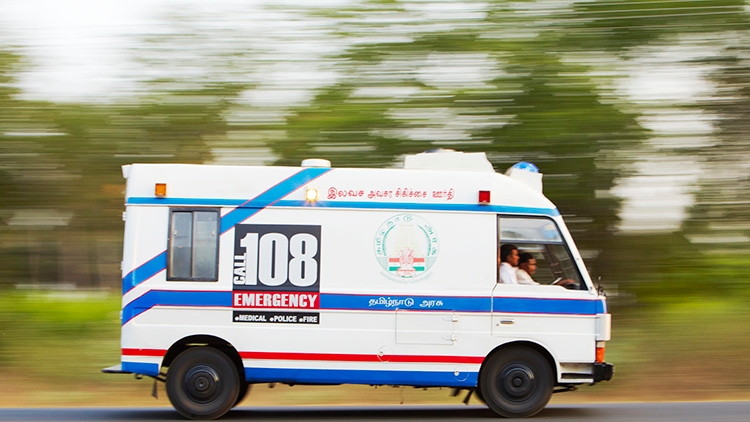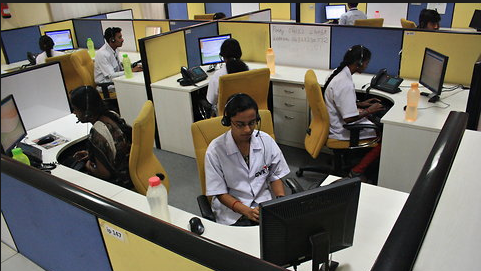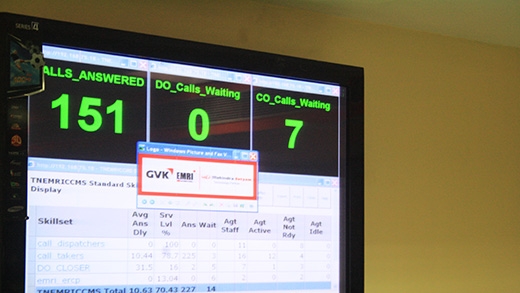Delivering emergency care
In the early 2000s, a study undertaken to identify the causes of stagnant infant and maternal mortality rates in Tamil Nadu identified lack of reliable, low cost, and accessible emergency transportation as a key concern. Tamil Nadu also recorded the largest number of road accident fatalities in India every single year since 2000 (18,000 in 2010 alone). The urgent need for a reliable emergency transportation, which would bring life-saving medical care within the golden hour to a road traffic accident victim, was irrefutable.
In September 2008, Government of Tamil Nadu in partnership with GVK Emergency Management and Research Institute (EMRI) launched the free 108 emergency transportation service in the state. With financing from the World Bank-supported Tamil Nadu Health Systems Project (TNHSP), 600 state-of-the art ambulances were assembled. The same project financed 30 smaller ambulances to operate in some of the inaccessible areas.
Ambulances are manned by medical technicians whose mission is to keep the patient alive until they reach the nearest hospital. They are trained on a curriculum developed by the Stanford School of Medicine. A pool of doctors provides constant support to the technicians on the road, helping them stabilize the patient and making the correct choice of a health facility.
Apart from providing basic life and cardiac support, the technicians are also trained in basic and advanced life support in obstetrics. They work with the Comprehensive Emergency Obstetric & Newborn Care Services initiative of the Tamil Nadu government and supported by the World Bank. At least two government hospitals in every district are equipped with fully functional obstetrics centers that provide antenatal, post natal and neonatal care.
The results of the 108 are promising. Since 2008, it has helped the government reduce the infant mortality rate from 35 to 22 per 1,000 live births. Since 2009-2010, the maternal mortality rate has also decreased from 85 to 79 per 100,000 live births. It has also saved 120,271 road traffic accident victims through timely interventions.
Overcoming challenges
Data from January 2014 indicates that in urban areas, a 108 ambulance reaches its beneficiary within 15 minutes of a call having ‘landed’ on Lata or her colleagues’ phone. It reaches rural areas within 21 minutes on account of narrow roads, poor signage, and other challenges.
The 108 service has been widely embraced by the citizens of the state—rich and poor alike. As of January 2014, it has serviced more than 3.1 million beneficiaries in a medical emergency. While the 108 responds to emergencies related to health, police and fire, by far its largest users are pregnant women (26.33%), who now easily access hospital facilities for a safe delivery at the hands of a qualified doctor or paramedic.
However, challenges remain. “In the rural areas of Tamil Nadu, the biggest challenge is reaching patients on time often due to bad road conditions and absence of street lights, especially in the hills,” said B N Sridhar, regional chief operating officer for Tamil Nadu for GVK-EMRI.
The 108 service needs to reach out to as many emergencies as possible. And it has made a strong start. “With the 108 ambulance service, there is one life saved every 30 minutes,” Mr. Sridhar proudly states.



